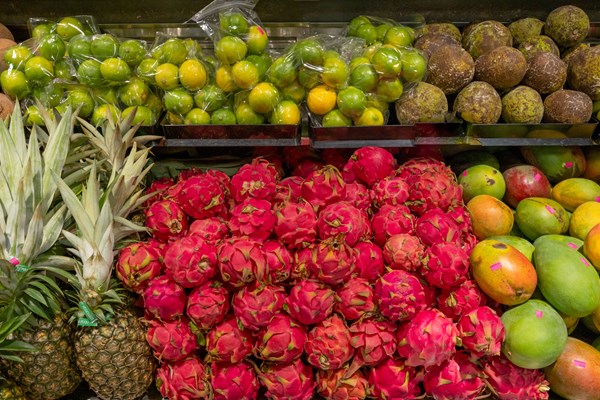Grant writers play an important role in local food
Mar 27, 2024

When the Hawaii 2050 Sustainability Plan was first created in 2008, former Gov. George Ariyoshi talked about the need to think in terms of not only several years but generations when it came to a sustainable future. At that time, the plan estimated that about 15% of food consumed was locally grown.
Fast-forward to today, not much has changed. Hawaii still relies on importing about 85% of its food and depends on a precarious just-in-time delivery system.
According to the Aloha+ Challenge Local Food dashboard, achieving the State’s goal of doubling its local food production by 2030 would require more access to land and labor resources for farming, ranching, processing and distribution, along with lower costs of food so consumers can afford to eat local. A key element to making all of this happen is the dire need for funding, something many in the food system struggle to obtain. Whether its due to debt, limited credit, language barriers, or lack of time, finding grants and loans only add to the burden of farmers and other food producers who already work long hours.
Jesse Cooke, Ulupono Initiative’s vice president of investments and analytics, and Nicole Milne, director of the Hawaii Good Food Fund at the Hawaii Good Food Alliance, co-authored a Community Voice column recently in Civil Beat that discusses how grant writers make a significant impact on the process, helping to secure critical funds that are needed for Hawaii to become more sustainable.

